Toward the end of Winter, Saint Albans, Vermont, is a quiet town hiding under a blanket of pristine snow. To an outsider, it looks like a real-life Charles Wysocki painting. Like the puzzles you mull over by the fireplace in log cabins, only to find they’re missing three pieces. Saint Albans is of a different era, and tucked away in a quaint little neighborhood beside the train tracks there’s a small, inconspicuous building with a sign above the door that reads, “Drink Maple.” Inside, you’ll find ultra-modern equipment made of shining stainless steel designed to meticulously monitor and filter thousands of gallons of maple water in just a few hours.
Drink Maple is run by owners Kate Weiler and Jeff Rose, who quickly became friends after meeting through Boston’s networks of avid triathletes in 2010. The pair traveled together for races often, and first encountered maple water at a small coffee shop in Mont Tremblant, Quebec, just before competing in the city’s Ironman race. Neither had heard of the drink, and on a whim, Weiler bought a bottle to try. She and Rose were pleasantly surprised at how delicious it was. Both beat their personal records that day, and Weiler qualified to compete in the Ironman world championships. The two are certain they owe part of their success to the drink’s nutrient-rich hydration.
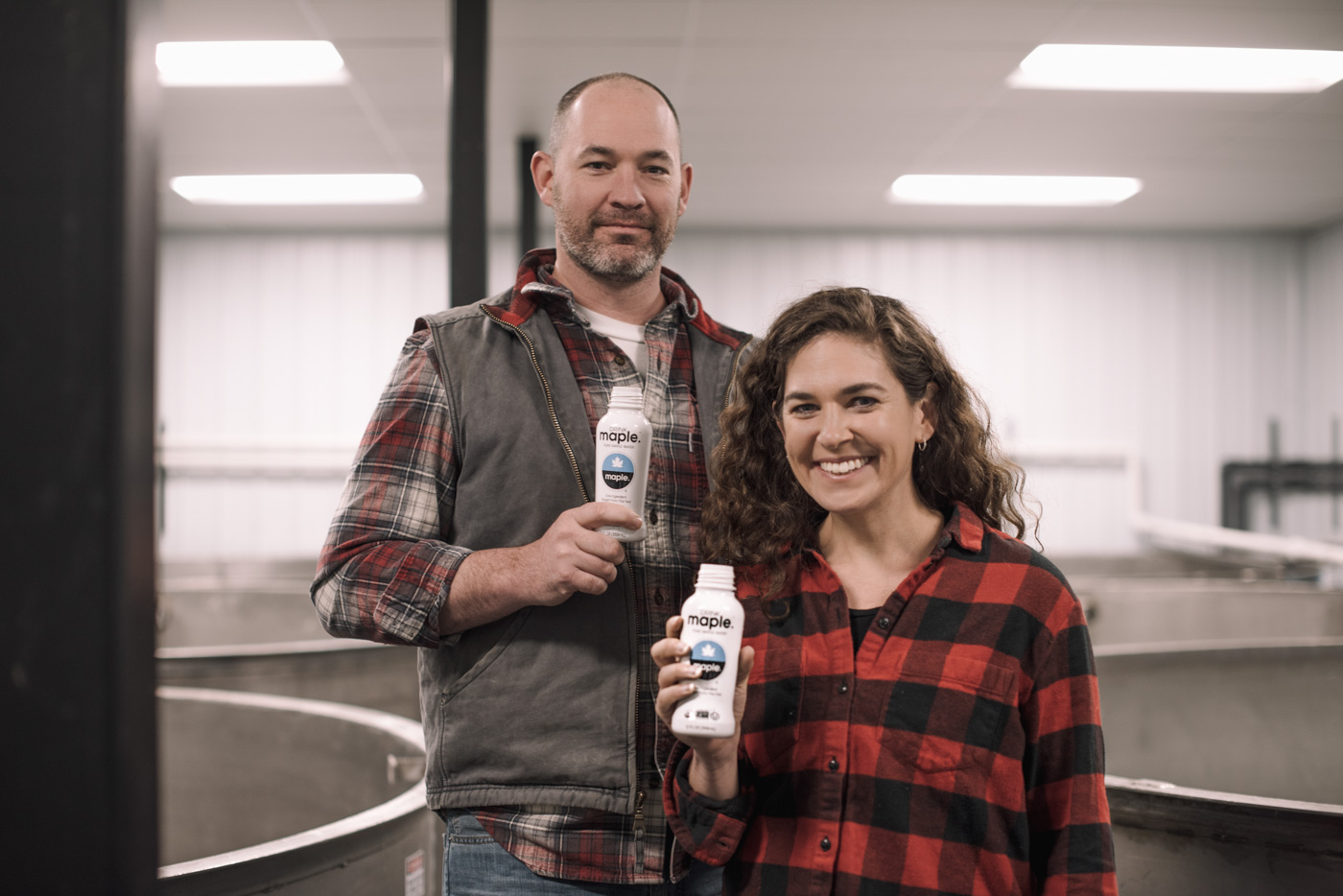
After that race, Weiler and Rose became obsessed with the drink, ordering cases from the few producers they could find. “From August to October, I was really focused on the championship, and Jeff was immersed in his work, but that November, we had this epiphany that there wasn’t enough of this available to people. We thought we should make it ourselves. It was months after we had tried it, but it had been on the brain the entire time,” says Weiler. “We thought it was really cool and the nutritional benefits backed it up. I just kept wondering why doesn’t anyone know about this? The companies that were making it weren’t sharing it with the world.” As a sports nutritionist and holistic health coach, Weiler was always looking for the latest health foods on the market. “I would go crazy foraging in natural grocery stores for new things. I always knew about the latest health kick, and even being submerged in the nutrition world it was new to me. If I hadn’t heard of it, then no one had,” she says.
With their combined backgrounds—Weiler’s in nutrition and Rose’s in construction and engineering—the two made a perfect team for this niche trade. They threw themselves into researching how to run a beverage operation, but it wasn’t something into which they could just dip their toes. “This requires a large investment in the proper facility and filtration equipment. It isn’t really something that can be done small-scale,” says Rose, who sold his house to fund the operation. “It’s not like making and bottling small batches of juice. With maple water, you have to be all in,” he laughs. “And with no prior experience in the beverage industry, it sounds crazy that we risked so much when we knew so little.”
Weiler nods and adds, “Looking back, the decision wasn’t well thought-out. We just had a gut feeling that it was going to work. We were going to make it.”
In the beginning, Weiler and Rose handled their own marketing and distribution, selling to local grocers and cafés by the bottle. “Today we do more business in a week than we did in the first six months,” says Rose. Now Drink Maple is sold by the truckload and is available worldwide. The team has expanded to include a few more friends, one who happened to be present on that fateful day at the café in Quebec.
While you may have only just noticed the blue and white bottles on market shelves, maple sap has been enjoyed for its subtly-sweet maple flavor and nutritional value for thousands of years. Indigenous tribes of North America and Canada collected and drank raw maple sap before boiling it down to a thick syrup. Drinking maple sap is an ancient tradition, and perhaps most popular in rural South Korea, where it is consumed for good health as well as cleansing and nursing just about any ailment you can imagine. Every year, Gorosoe Village holds a festival dedicated to celebrating the drink.
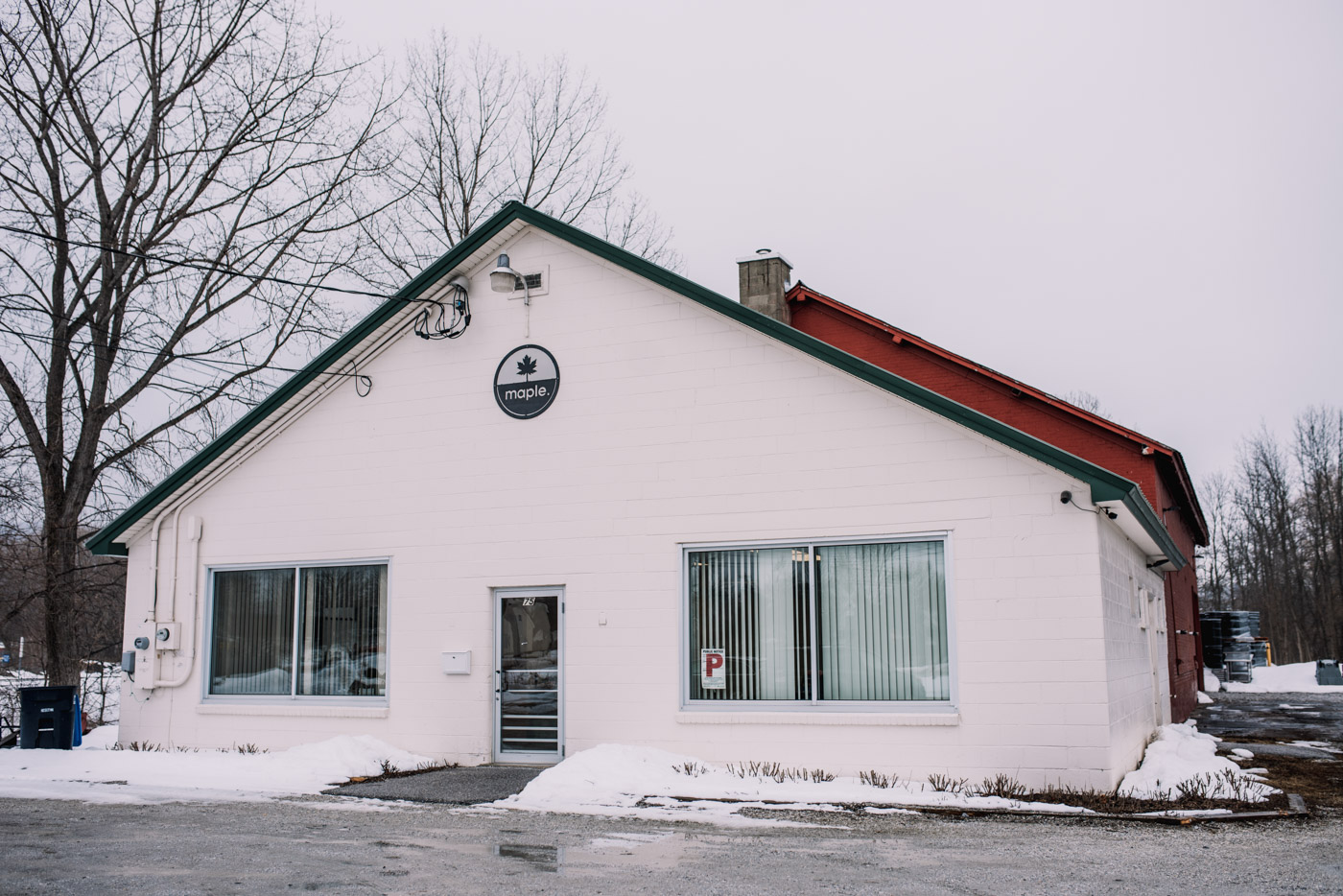
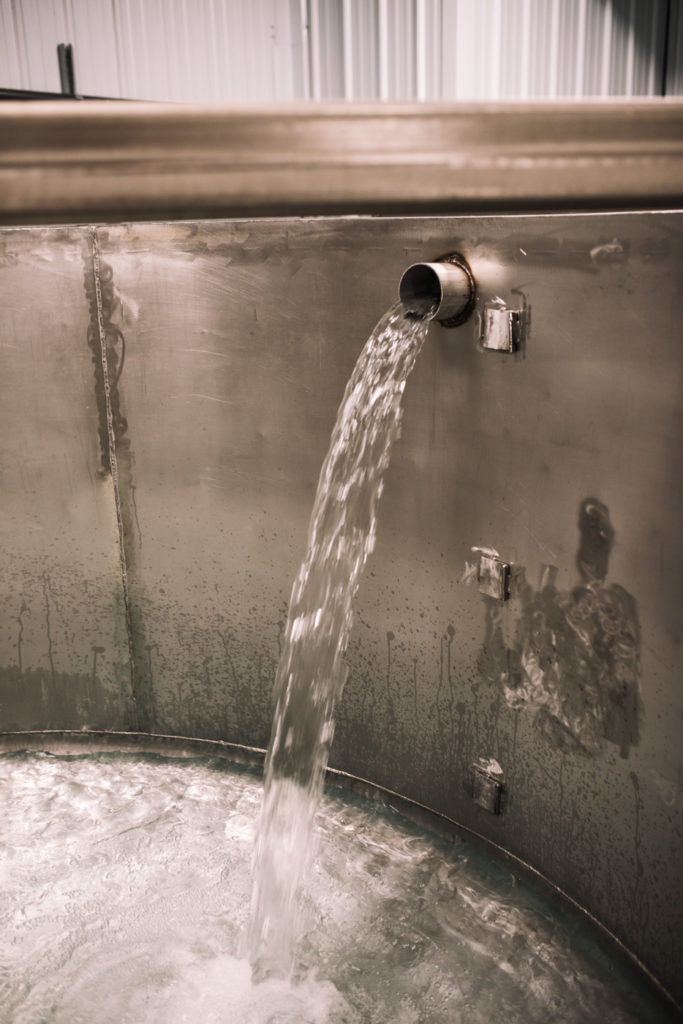
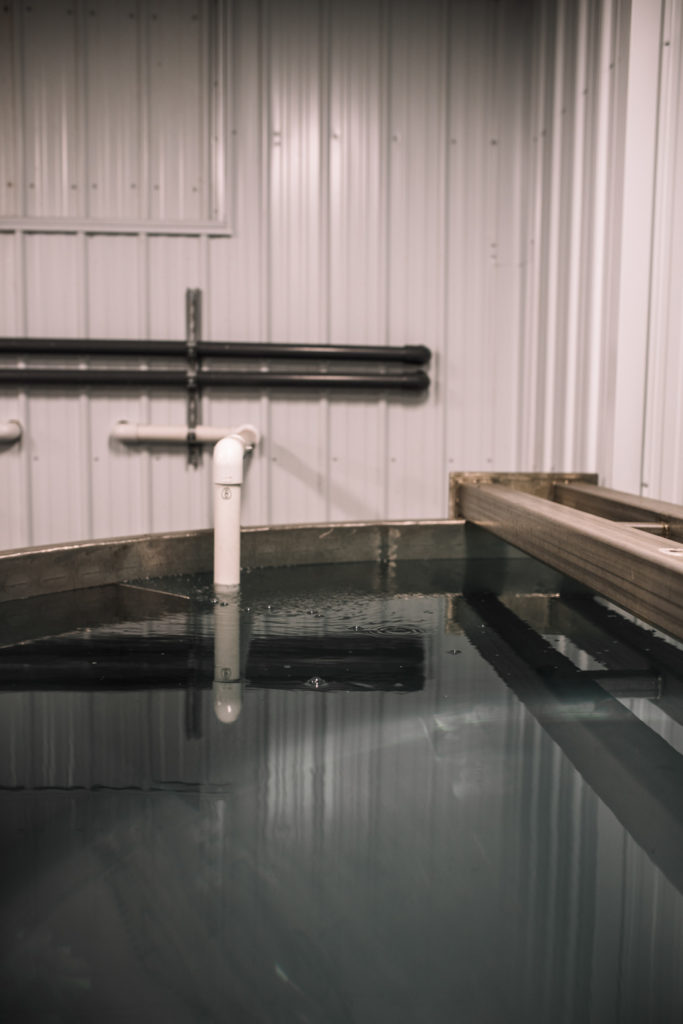
So how nutritious is it? Maple sap contains forty-six different bioactive nutrients, and is rich in vitamins, minerals, amino acids, enzymes, prebiotics, polyphenols and phytochemicals. It has particularly high levels of calcium and potassium, and provides more manganese than one cup of kale. And while we are more familiar with its sticky-sweet syrup, the sap itself is surprisingly low in sugar. A twelve-ounce bottle of Drink Maple contains seven grams of sugar; the same serving of coconut water will contain anywhere from twelve to twenty-two grams, with half the nutrients. It’s also organic and naturally gluten- and dairy-free.
Drink Maple’s product contains one ingredient: maple water; the company uses no fillers or preservatives. It isn’t boiled, it isn’t blended; the process is affectionately referred to as “farm to bottle.” Because Drink Maple filters and bottles the water so quickly—in as little as eighteen to thirty-six hours—the product is of the highest quality going into the bottle, giving it a clean, fresh flavor and a longer shelf life. They joke that high quality comes from doing nothing. “The purpose of the facility is just to collect large amounts and to make sure it passes our quality standards,” says Weiler. “There’s not much actually being done here besides filtration and testing. We need a space this large just because of volume.”
Weiler and Rose source their sap from a Vermont native, JR Sloan. He owns one thousand acres of maple trees and manages about five thousand more in the Vermont area, all certified USDA Organic. That’s roughly 200 thousand taps to maintain. Traditionally, taps were little spouts in trees with aluminum buckets hung below to catch sap. You can still see these charming rustic reservoirs on private lawns and lining the side of country highways all over the state. These days, industrial taps are connected to plastic piping with bright blue and green protective UV coating. The piping travels underground for quick cooling, leading to larger storage tanks for tank trucks to transport. As soon as the ground thaws in early spring, the sap begins to flow and Sloan’s trucks are moving constantly, collecting sap from storage tanks, delivering some to Drink Maple and bringing the rest to his own sugar house.
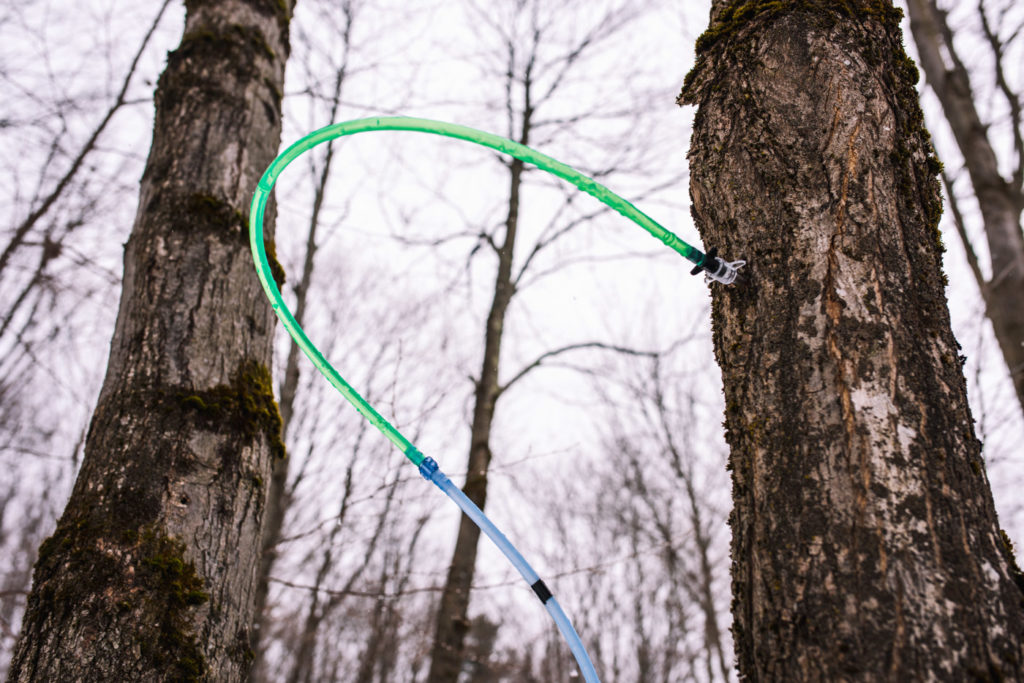
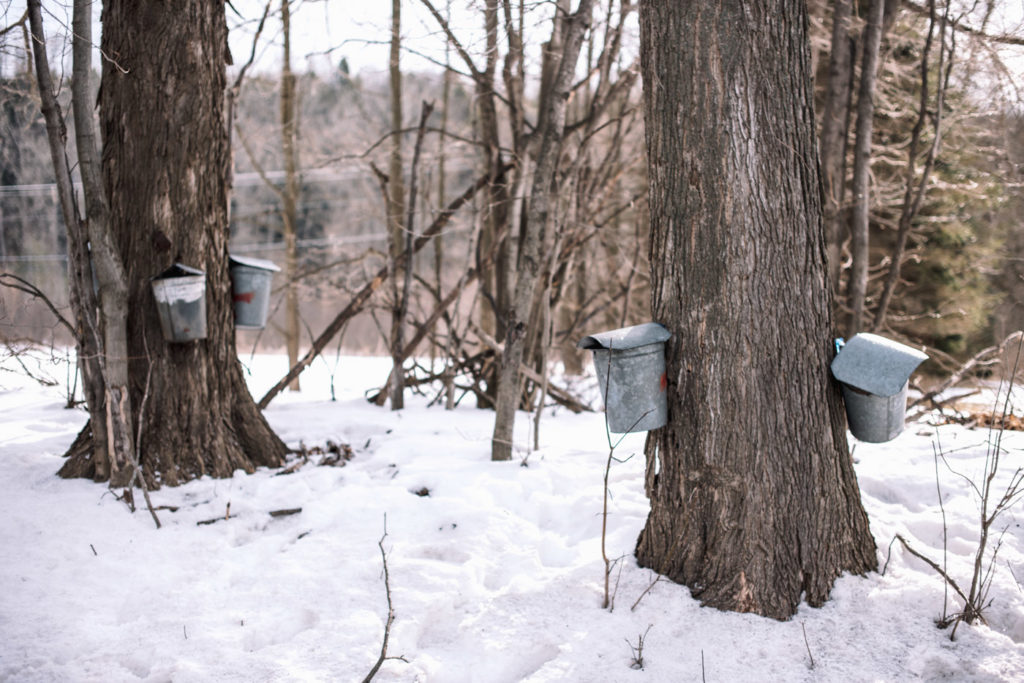
During the three weeks when the production is heaviest—usually at the end of March and the beginning of April—deliveries are made every few minutes, and the small Drink Maple team takes turns monitoring the process twenty-four hours a day. “All the tanks will be full and we’ll just be trying to keep up in processing it as fast as we can,” Rose reflects. With exposure to air, quality suffers. They need to work quickly to prevent yeasts and bacteria from growing in the water. “Heat is the enemy. It will arrive to us warm and we’ll knock the temperature down to just above freezing as fast as we can,” he continues. “Keeping it cold and doing things quickly are essential.”
The perfect sap is clear and slightly blueish. “We test the tanks for clarity,” says Rose. “We taste every batch. We test the sugar content, we test the pH, and we test the temperature.” Outside the tank room, there’s a hallway lined with switchboards where Rose can make minute adjustments to control each tank. “We run the first four tanks through reverse osmosis and a microfilter to remove the impurities. Then the water is moved to the next four tanks where it is already a finished product,” he explains. “From there, we run it to a large tank behind the building where it’s stored until the tankers pick it up and transport it to the bottling facility.”
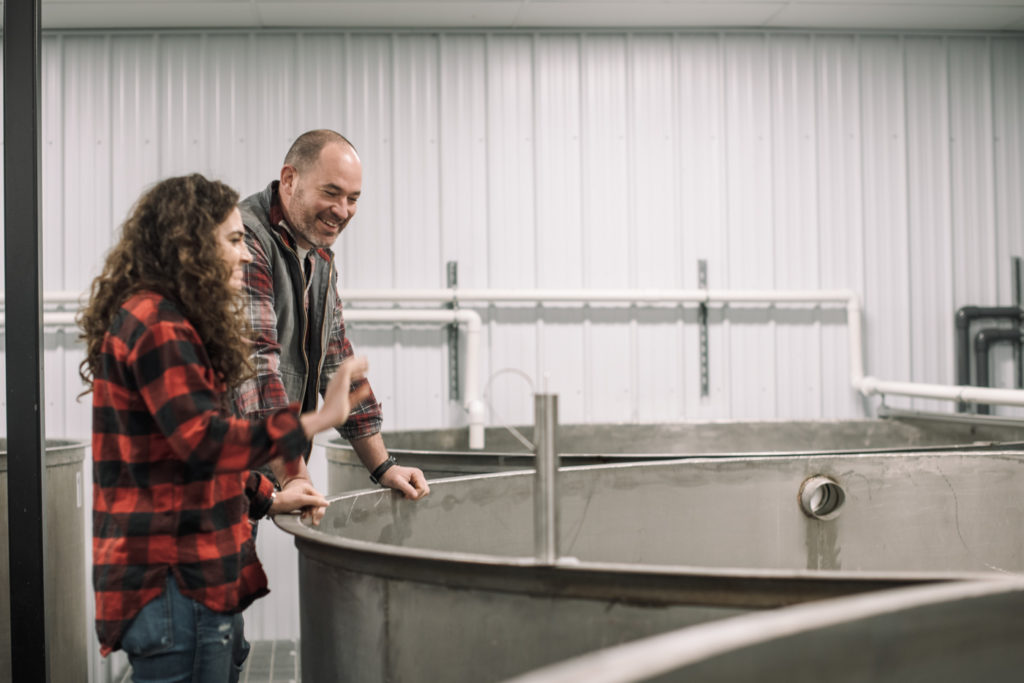
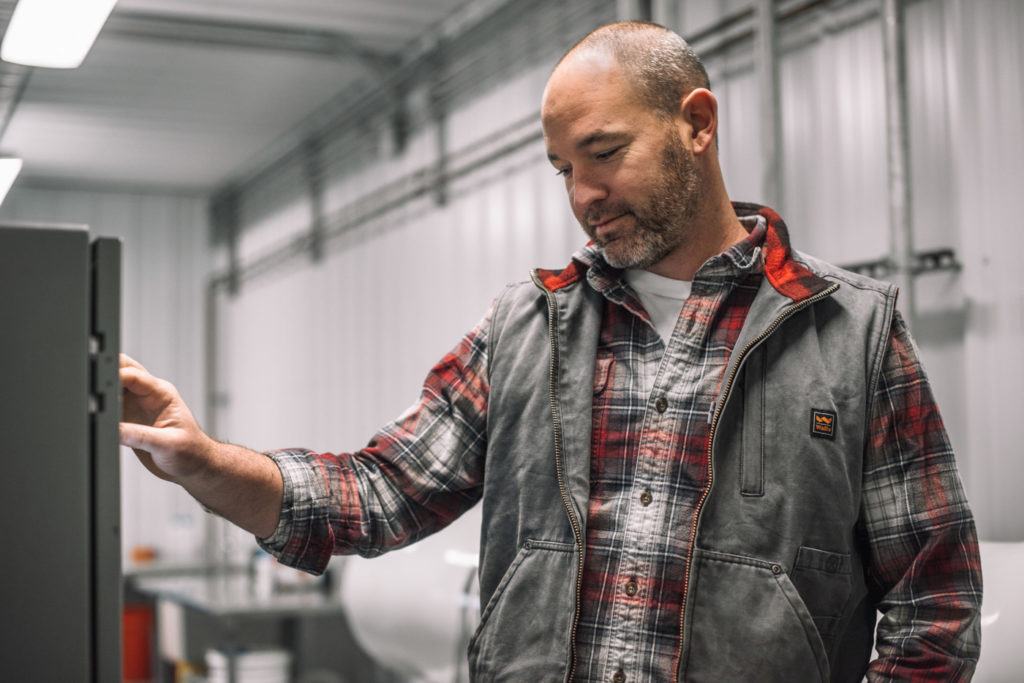
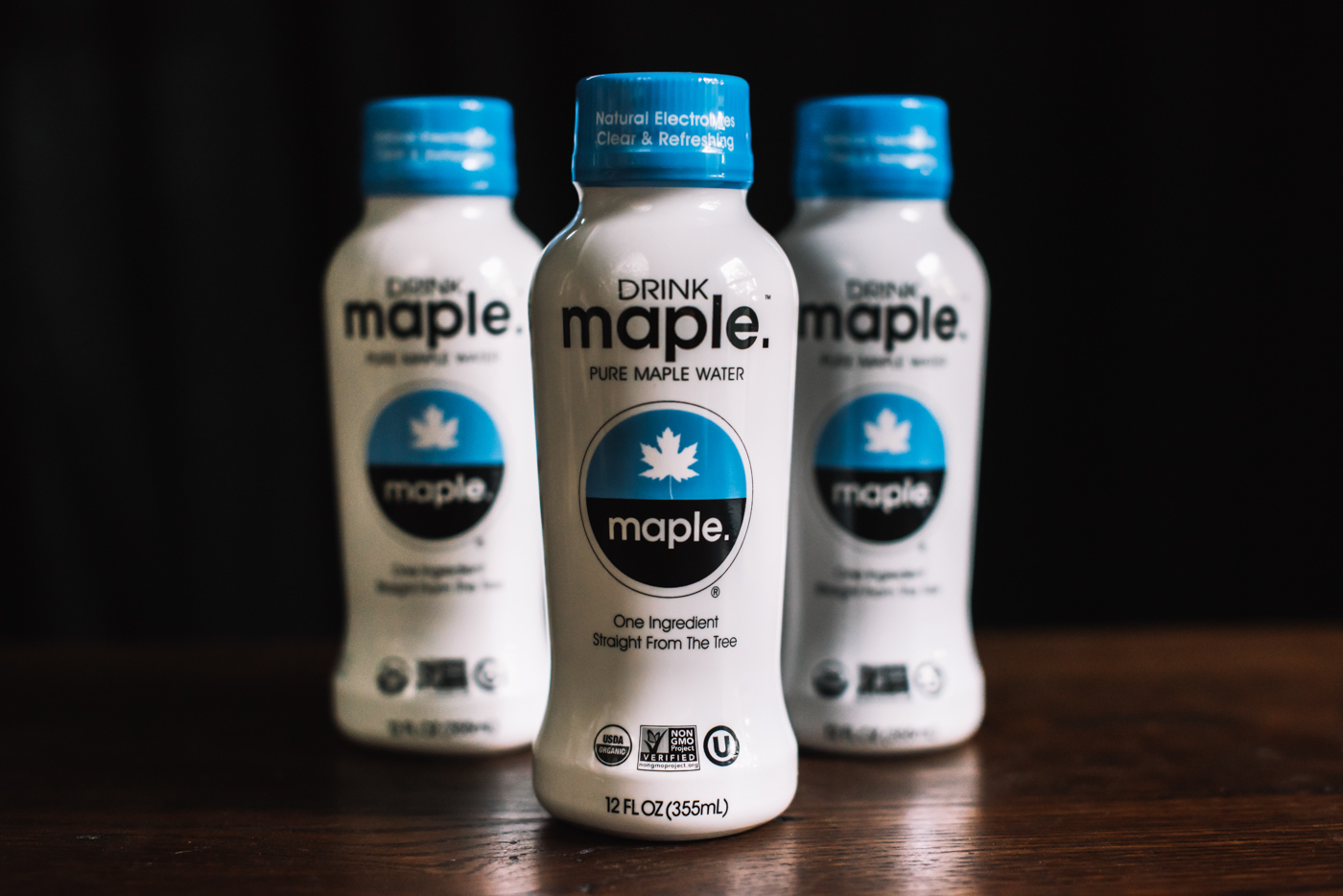
Only the highest quality sap makes it to Drink Maple. “They have high standards. We only give them the very best,” says Sloan. On the rare occasion the sap doesn’t meet Drink Maple standards, it doesn’t go to waste. They send it back to Sloan’s sugar house to be boiled down to syrup, where minor impurities make less of a difference to overall quality. “They get first priority though, and we make syrup with the rest,” Sloan says. In this business partnership, there is almost zero waste.
In comparison to other plant-based drinks, maple water is top in its class for environmental sustainability. Sap flows out of the trees naturally. “We only drill one or two taps into each tree,” says Sloan. “The tree is only going to give you what it can. After that it reserves what it needs for itself.” Using maple forests for food products gives landowners an economic incentive to keep the trees alive instead of cutting them for lumber. Farmers can rely on their profit every spring, and the land doesn’t need time to regenerate. A mature maple tree can be tapped for up to eighty years before it’s spent. And maple water gives more bang for the buck than syrup, making this industry incredibly lucrative for everyone involved.
Technicalities aside, maple water is just plain delicious. It’s a sweet treat with all benefits of taking your daily multivitamin. It’s an excellent companion for a morning run or hot yoga, and is great for refueling in the afternoon. As I found in visiting the facility, it also happens to make a damn fine cold brew coffee, and even an interesting addition to a cocktail. Drinking a bottle is like having your cake and eating it too.
Disclaimer: Information and interviews for this story were gathered through a press trip courtesy of Drink Maple.

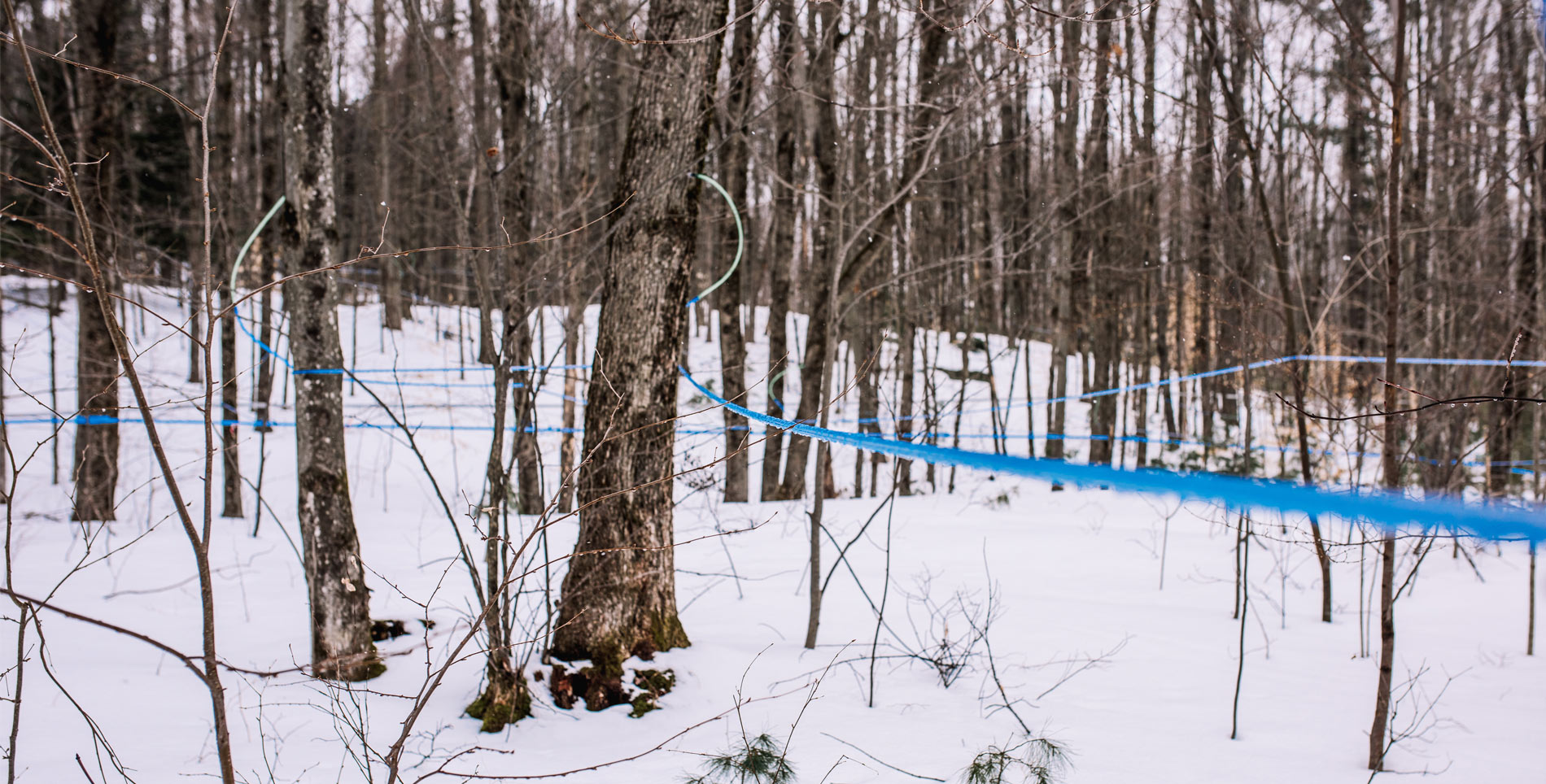

Our comments section is for members only.
Join today to gain exclusive access.